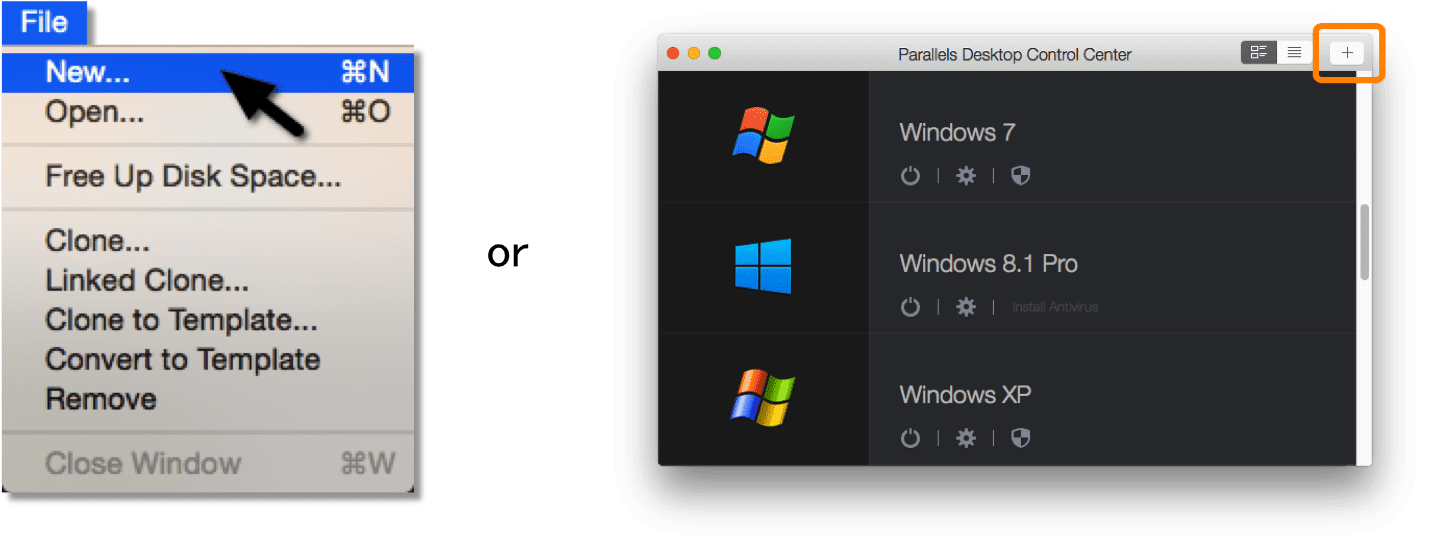

If you are performing a homogeneous system copy, you may choose either method, but there are some definite criteria you should consider in making that choice. If you are performing a heterogeneous system copy, then you have no choice. This method relies heavily on database-specific tools and methods, and therefore it can only be used for homogeneous copies. However, it can also be used for homogeneous copies.īackup/Restore is sometimes called Detach/Attach, or Database Dependent (in the Guide), or even just Homogeneous System Copy (in the SWPM tool itself). Because this method is not reliant on database-specific tools, it is the only method that can be used for heterogeneous copies.

These methods sometimes go by different names:Įxport/Import is sometimes called R3load/Migration Monitor based or Database Independent (in the System Copy Guide). The next question that often arises is whether an Export/Import-based migration or Backup/Restore-based copy is preferred.

You are only conducting a heterogeneous system copy if you are changing your operating system, database platform, or both, i.e.
#Do you need a copy of windows for parallels install
It is possible and acceptable to upgrade SQL Server in place, although you might consider following the same advice given for a Windows OS upgrade: export your SAP system (or take a backup of the database), then do a clean, fresh install of the OS and/or DBMS and use SWPM to re-import your database while reinstalling SAP. If you are upgrading your database platform, for instance from SQL Server 2005 to SQL Server 2012, you are not changing your database platform, and so, again, this is a homogeneous system copy. Therefore, this remains a homogeneous system copy (yes, you should be using system copy as part of a Windows operating system upgrade, as an in-place upgrade of the OS is not supported by either Microsoft nor SAP if any non-Microsoft application (i.e., your SAP system) is installed, except in special circumstances which generally do not include production systems). If you are upgrading your operating system, for instance from Windows Server 2003 to Windows Server 2012 R2, you are not changing your operating system platform. One point that seems to come up, time and time again, in questions posted to SCN is about whether a homogeneous system copy is allowed in the case of a database or operating system upgrade. Adjusting Parallel Processes During Import.Import 2: 12 Parallel Processes on 8 Cores.Import 1: 3, then 12, then 18 Parallel Processes on 12 Cores.Export 2: 6 Parallel Processes on 4 Cores.Export 1: 3 Parallel Processes on 4 Cores.Parallel Processing During Export and Import.


 0 kommentar(er)
0 kommentar(er)
